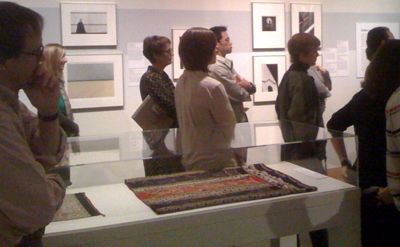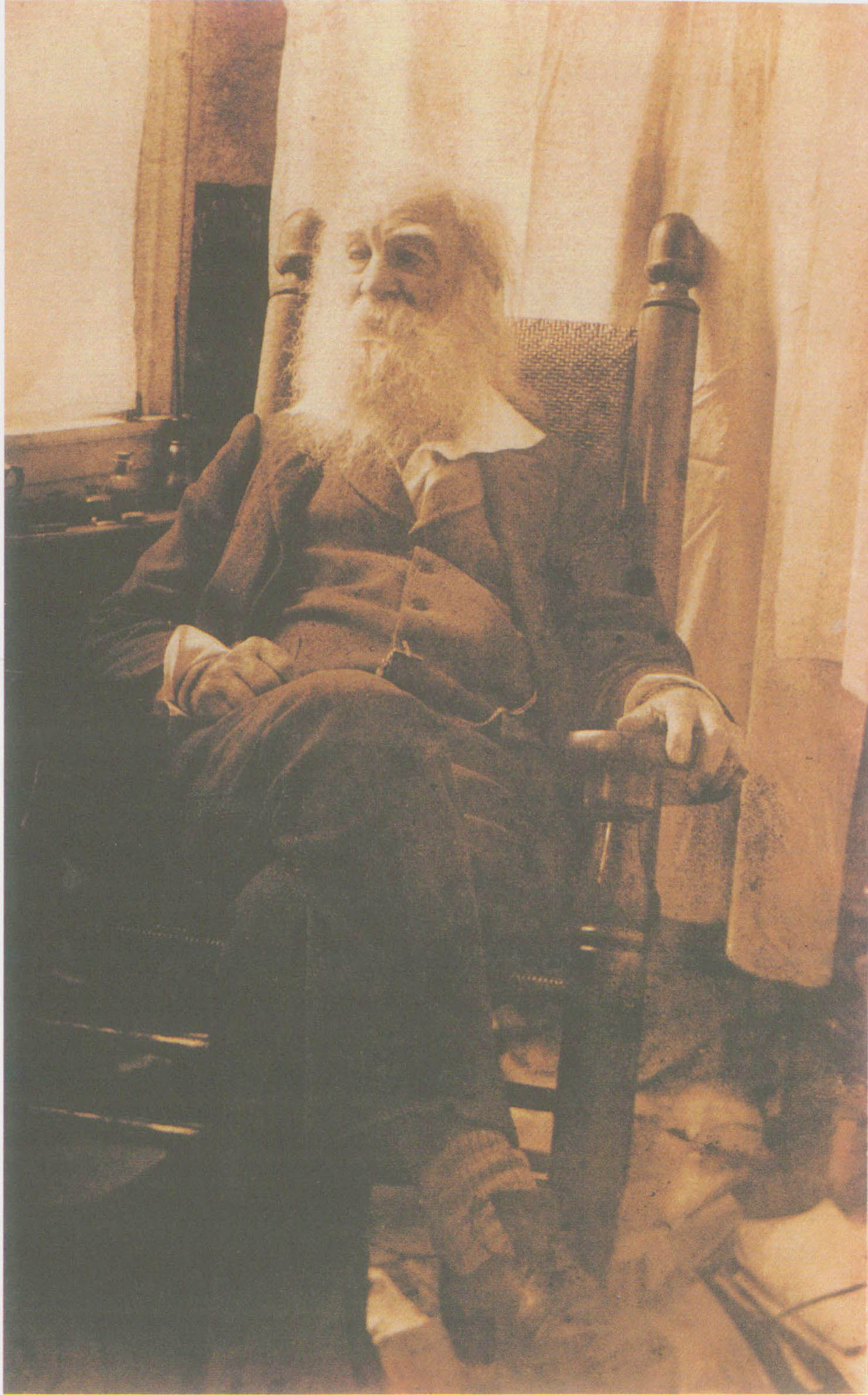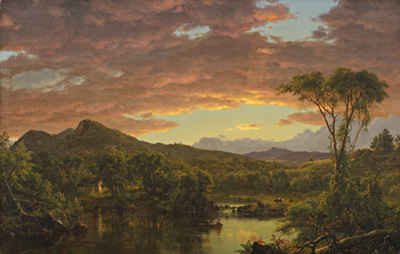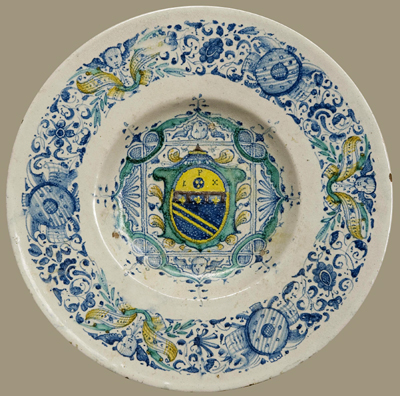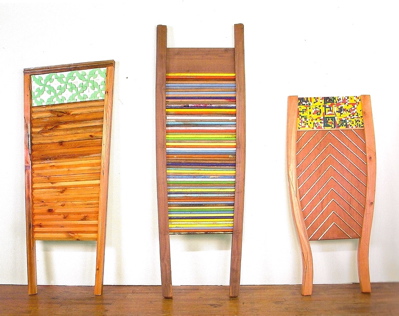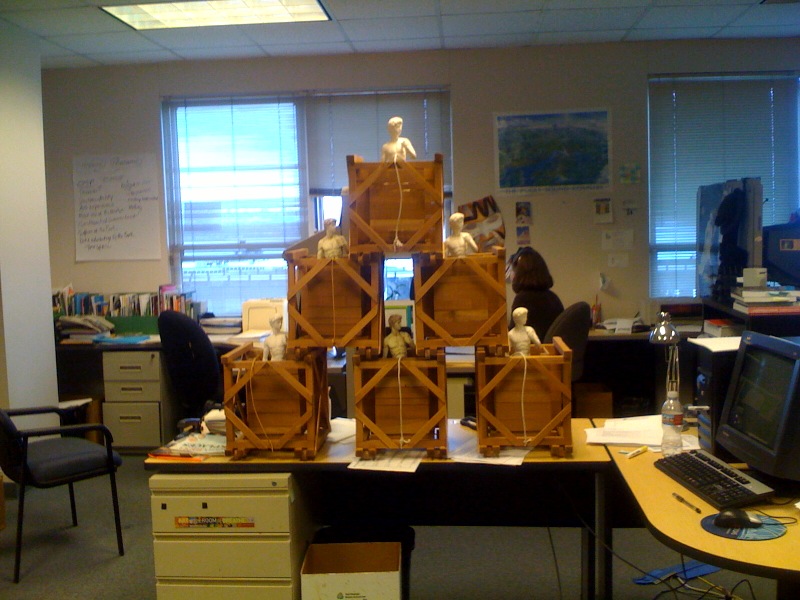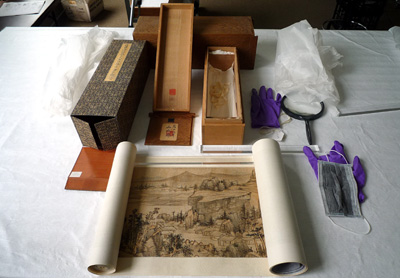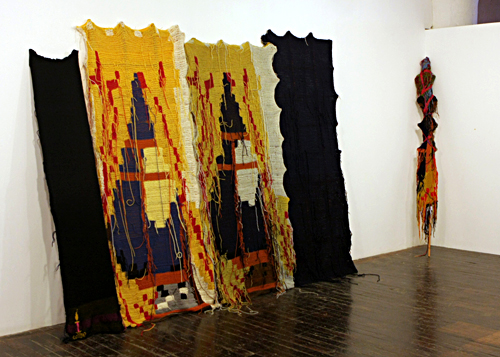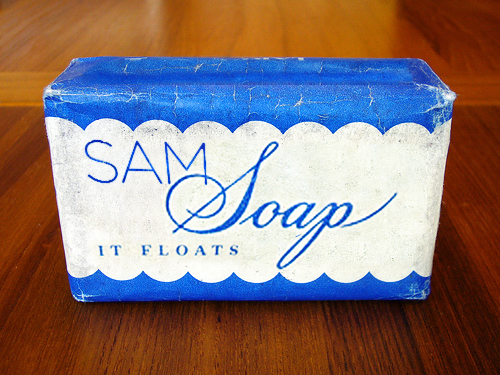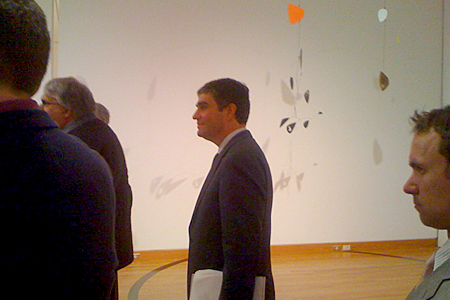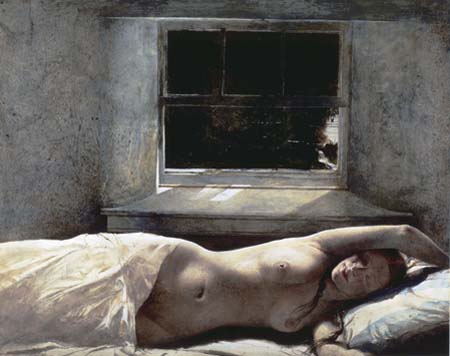More often than not, museum books and catalogs feature masterpieces—and only masterpieces. But what about the questionable pieces, forgeries, objects in unfortunate condition, or, to be frank, ones that puzzle even the most experienced experts? Aren’t issues like that just as interesting as those surrounding highly acclaimed artworks? Because of the economics of publishing, ‘coffee-table books’, as museum catalogues are sometimes known, miss out on long lists of fascinating ‘second-tier’ objects and intriguing issues that consume much of a curator’s time.
SAM is about to change all that. We’re making our Chinese painting calligraphy and holdings more accessible to the public through a new online catalogue. Under the auspices of the Getty Foundation, we’re designing new ways of presenting information about this rich but little-known collection. Just like in traditional catalogs, we’ll share relevant information about esteemed works of art. But this catalog will include much more.
Read More
